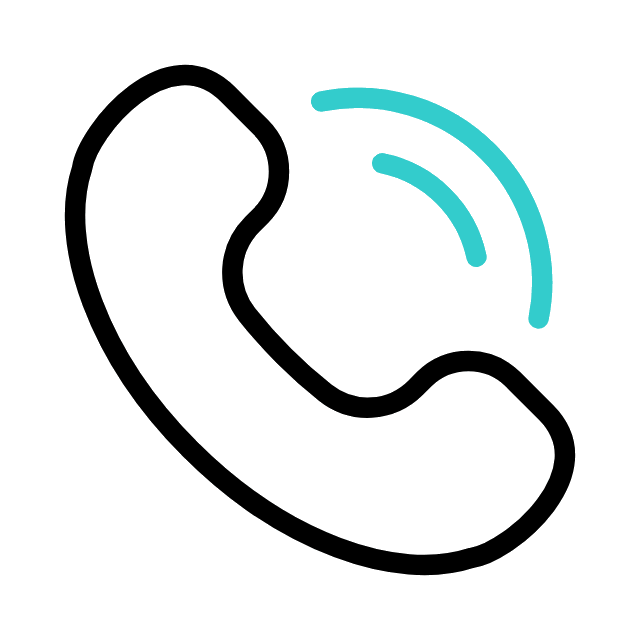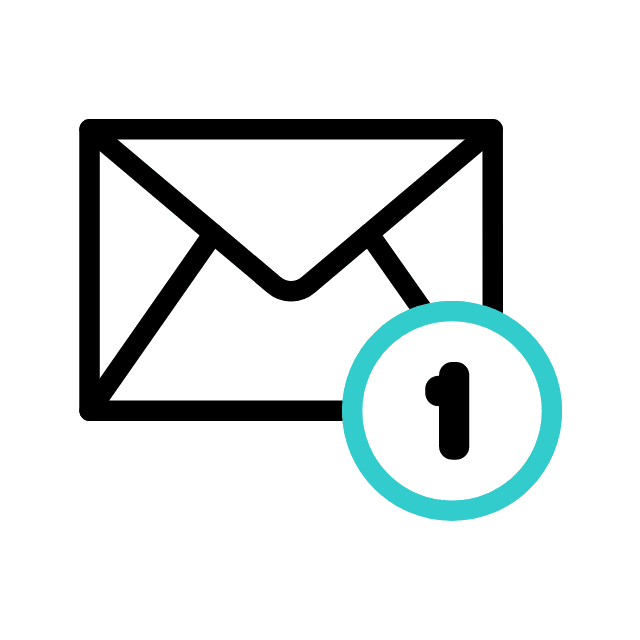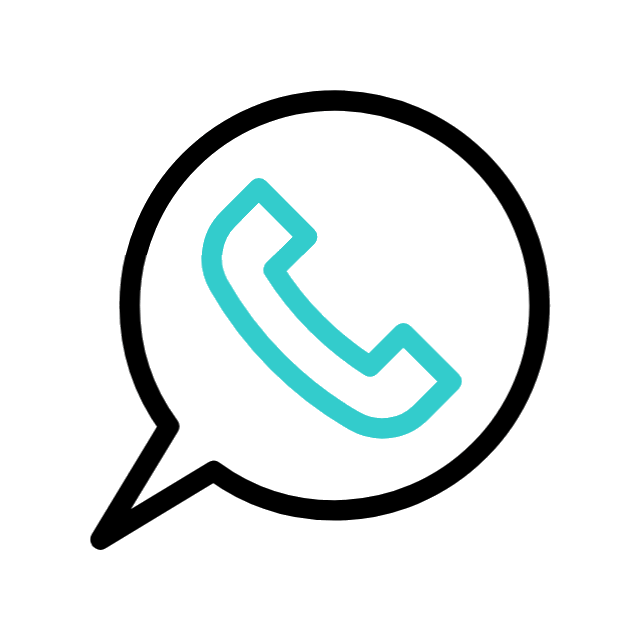



When it comes to car maintenance and repairs, purchasing second hand car parts in Dubai can be a smart and economical choice. With a booming auto industry and a high volume of vehicles on the road, Dubai has become a major hub for quality used spare parts. Whether you’re trying to save money, maintain an older vehicle, or reduce waste, buying Dubai used auto parts can offer significant advantages as long as you know what to look for.
In this guide, we’ll walk you through the key steps to inspect second hand car parts before making a purchase in Dubai. From verifying authenticity to checking wear and tear, these expert tips will help you avoid costly mistakes and ensure you’re getting a part that’s reliable, safe, and cost-effective.
Dubai’s dynamic automobile market includes everything from luxury brands to economy models. As vehicles are frequently upgraded or decommissioned, a large supply of reusable parts becomes available. This makes Dubai used auto parts accessible, affordable, and often in excellent condition.
Before buying any second hand car parts in Dubai, thorough inspection is essential. Here’s how to evaluate a part’s quality, compatibility, and reliability:
Start by identifying the exact part number needed for your vehicle. Car manufacturers assign specific codes to each component, and using the wrong part can lead to poor performance or damage.
Once you’ve identified the right part, it’s time to check its physical condition. Visual inspection reveals signs of damage, wear, and potential problems.
What to Look For:
For body parts like bumpers, doors, and hoods, look for dents, rust, and paint inconsistencies.
For engine components, inspect the seals and gaskets and make sure no oil or coolant residue is present.
Understanding the history of the part gives insight into its longevity and performance.
Ask the seller the following:
Reputable dealers of second hand car parts in Dubai often maintain records and can provide essential background information.
Original Equipment Manufacturer (OEM) parts are built to fit and perform exactly like factory-installed parts. OEM logos or part numbers are usually stamped or etched on the component.
How to Spot Genuine Parts:
While aftermarket second hand parts can work, OEM Dubai used auto parts usually offer better reliability and longer service life.
Some parts can be bench-tested to confirm functionality before purchase.
Examples of Testable Parts:
Ask the supplier if the part can be tested on-site. Most trusted dealers of second hand car parts in Dubai allow this for added peace of mind.
A return policy or limited warranty is a strong indicator of a reliable supplier.
Even a short warranty can protect you from buying a defective part.
Compare prices from multiple sellers before committing. While used parts are cheaper, unusually low prices could indicate poor quality or counterfeit items.
Price Check Tips:
Remember: in the Dubai used auto parts market, price should reflect condition, authenticity, and rarity of the component.
Choosing the right seller is just as important as choosing the right part.
Traits of Reliable Used Parts Dealers in Dubai:
Many trusted businesses also maintain websites, WhatsApp contact options, or detailed listings with photos and serial numbers.
If you’re new to buying used parts, here’s a list of components that are commonly sold second-hand:
While these parts are generally safe to buy used, brake pads, airbags, and belts are better purchased new for safety reasons.
Buying second hand car parts in Dubai can be a great way to reduce costs while keeping your vehicle in top shape but only if you inspect the part thoroughly and buy from a reliable source. The key lies in verifying compatibility, checking physical condition, confirming authenticity, and understanding the part’s history.
By following the steps outlined in this guide, you can confidently navigate the Dubai used auto parts market and get high-quality components that perform just like new at a fraction of the price.
Visit DRD Trading – your go-to destination for premium quality Dubai used auto parts. We offer genuine second-hand parts for a wide range of vehicle makes and models, complete with testing, warranty, and expert support.

